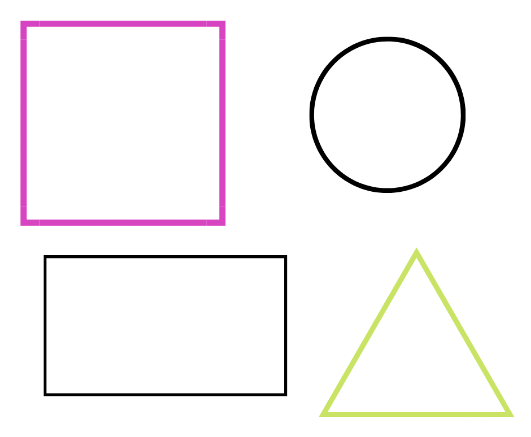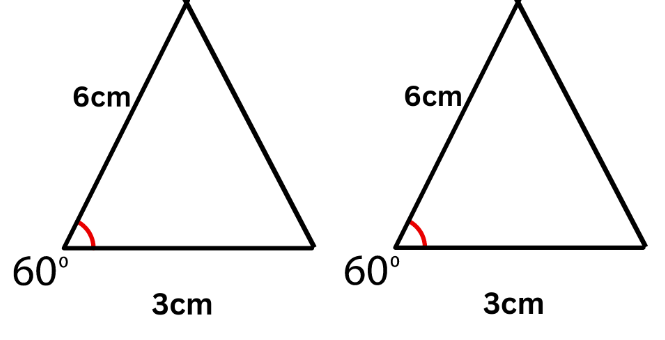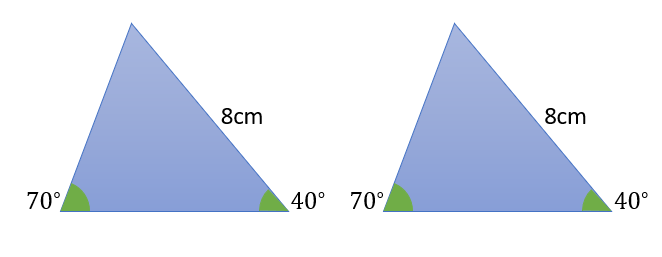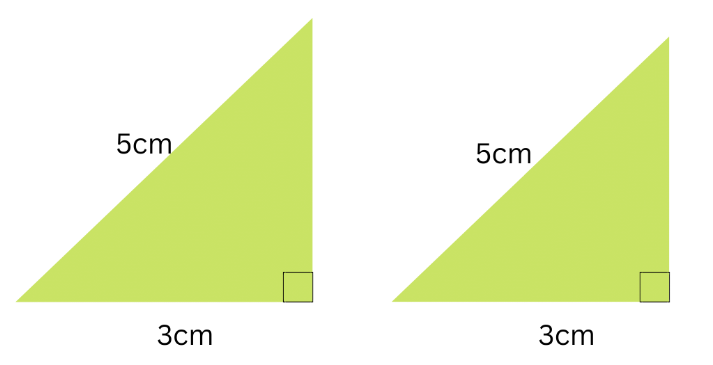Introduction
Only when two figures have the same size and shape, including their sides, points, angles, etc., can they be said to be congruent.
- Two circles should have the same diameter if they are congruent.
- If the sides and angles of two triangles are the same, they are said to be congruent.
- If the corresponding sides of two rectangles are equal, they are said to be congruent.
- If two squares have sides of the same length, they are said to be congruent.
If two shapes are equivalent to one another in all conceivable ways, they are said to be congruent. Congruent figures in mathematics are those that share the same size and shape. The 2-D and 3-D figures are both consistent with each other. However, this article will only discuss the congruence of plane figures.
Figures that are consistent in size and shape are said to be congruent. Congruence is the name given to the relationship between two congruent figures. It is indicated by the symbol “≅“.
Plane Figures
A plane shape is a closed, 2-D, or flat figure. Different plane shapes have various characteristics, such as various vertices. A vertex is the point where two sides meet, and a side is a straight line that is part of the shape.

The following figures show some of the basic plane shapes: triangles, squares, rectangles, and circles.
Congruence of Plane figures
A geometric figure with no thickness is called a plane figure. Some of the plane figures include line segments, curves, or a combination of both line segments and curves. The sides of the plane figures are the straight lines or curves that make them up.
If two plane figures, such as line segments, angles, and other figures, are similar in size and shape, they are said to be congruent. Congruence of plane figures is the name of the relationship in use.
Congruent Figures
Congruent figures are geometric objects that share the same size and shape in mathematics. The two figures are equal to one another and are referred to as congruent figures when you transform one figure into another by a series of rotations and/or reflections.
Congruence of Lines
If two line segments are of the same length, they are said to be congruent. They don’t have to be parallel, though. They are flexible and can be in any position or orientation. The separation between two points determines the length of a line segment.
Congruent Line Segments
A pair of equal-length line segments makes up the congruent segment. An exact starting point and ending point define a straight line segment. Its beginning and end points are known, so its length can be calculated. Congruent line segments can, but are not required to, be parallel, perpendicular, or at any other particular angle.
In geometry, a line segment is a fundamental figure that is created by joining any two points on a plane figure. Line segments also make up the sides of the plane figures. Two line segments are said to be congruent if their lengths are the same. In other words, two line segments have equal lengths if they are congruent.
Rules of Congruence for Triangles
There are 5 basic rules of congruence:-
Side Side Side
Side Side Side or also known as SSS congruence criteria states that if the three sides of one triangle are equal to the corresponding three sides of another triangle, then the triangles are congruent.

Side Angle Side
Side Angle Side or also known as SAS congruence criteria states that if two sides and the included angle of one triangle are equal to the corresponding two sides and the included angle of another triangle , then the triangles are congruent.

Angle Side Angle
Angle Side Angle or also known as ASA congruence criteria states that if two angles and the included side of one triangle are equal to the corresponding two angles and the included side of the another triangle, then the two triangles are congruent.

Angle Angle Side
Angle Angle Side or also known as AAS congruence criteria states that if two angles and a side not common to the two angles of one triangle are equal to the corresponding angles and side of another triangle, then the triangles are congruent.

Right angle Hypotenuse Side
Right angle, Hypotenuse & Side or RHS congruence criteria only applies to right triangles, it says that in two right triangles if the hypotenuse and one side of a triangle are equal to the hypotenuse and the corresponding side of the other triangle, , then the triangles are congruent.

Summary
In this article the topic of congruence is discussed in detail. If two figures share the same shape and size, they are said to be congruent; alternatively, a figure is said to be congruent to its mirror image as they share the same shape and size. Figures drawn on a plane or other flat surface are referred to as “plane figures.” In geometry, a plane is a flat surface that can go on forever in all directions. It has infinite width and length, no thickness, and curvature as it is stretched to infinity.
This article also shines a light on the topic of Rules of Congruence for triangles. There are 5 basic congruence criteria.
Frequently Asked Questions
- What do you mean by congruence?
Ans. Congruent figures are geometric objects that share the same size and shape in mathematics. The two figures are equal to one another and are referred to as congruent figures. - Are all squares congruent?
Ans. No, all squares are not congruent, since for congruence two figures must have all of their quantifying dimensions equal, that includes all the sides and all the angles. All squares have the same angles, but their side lengths may be different, hence they aren’t congruent. - Is AAA a criteria for congruence of triangles?
Ans. No, AAA is not a criteria for congruence because even if all the angles of two triangles are correspondingly equal, that necessarily does not mean that they have the same side length, for example two equilateral triangles of sides 3cm and 5cm, they both have the same 60-60-60 angle but they are not congruent because their sides are of different lengths. - Is a Rhombus of side length 4cm congruent to a square with side 4cm?
Ans. We know that both rhombus and square have the property that all their sides are of the same length. But a rhombus does not necessarily have the same angles, whereas by definition a square has all its angles 90 degrees. Hence, no, a rhombus of side length 4cm is not necessarily congruent to a square of side length 4cm.Also Read: Congruence of Angles